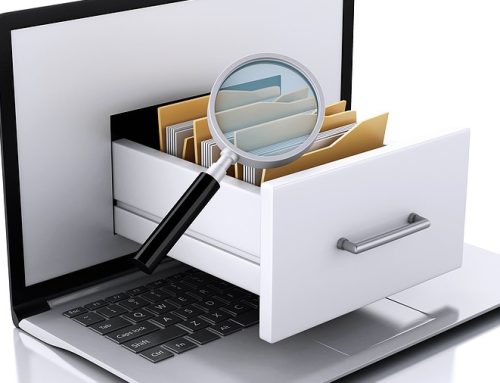Many organizations associate information governance primarily with regulatory compliance. While information governance programs do play a significant role in maintaining compliance, they can serve a much more strategic purpose. Building a working information governance definition is a good first step toward harnessing the power of data.
Information Governance Definition
Information governance involves locating and managing data across the enterprise. Thus, it encompasses the policies, processes, roles, and responsibilities used to store and secure data. This includes managing the data lifecycle, optimizing identity and access management and monitoring sensitive data.
Business Benefits of Information Governance
When organizations gain control of their data through information governance, they reduce potential liabilities caused by poorly managed data while driving competitive advantage. For example, information governance helps organizations:
- Reduce costs and risks – A clear and consistent framework for information management helps companies avoid duplication and errors that can lead to inefficiencies, quality issues and legal liabilities. Further, optimizing storage and archiving strategies saves money and resources.
- Improve decision making and performance – With accurate, reliable, and timely information easily accessible, businesses make informed decisions to support business objectives. Teams can also monitor and measure performance against key indicators and identify areas for improvement and innovation.
- Enhance customer satisfaction and loyalty – A customer-centric approach to information management drives better understanding of customer preferences and behaviors. This allows businesses to tailor products, services, and communications accordingly.
Getting Started
Starting from scratch to develop an information governance program can feel daunting. However, taking the process one step at a time makes it more manageable. Organizations may also find it easier to implement information governance first in a small department or for a specific project.
Start by assessing the current state of information management. This includes identifying the types of information, where it is stored, how it is accessed and who owns it. It also involves noting how the information is used and what risks and challenges it poses. Tools such as data mapping and data risk assessments make this step much easier.
The next step involves defining data goals and objectives. These goals should align with business priorities, as well as with the regulatory and legal requirements that apply to your industry and domain. Additionally, identify key stakeholders and roles involved in information governance, including data owners and data custodians.
The third step includes developing a framework and policies for governing information assets. The framework should provide a clear vision and standards for information governance. Policies should define the guidelines and best practices for creating, collecting, storing, processing, sharing, destroying, and archiving data.
Fourth, implement those solutions and policies. This involves technology as well as training and cultural adjustments. Choosing the right information governance tools can mean the difference between success and failure. Tools that automate information processes such as data classification and archiving or policies such as appropriate sharing will prove critical.
Finally, continually monitor the outcomes of the information governance program to evaluate its effectiveness. Audits and reports will help to identify gaps and opportunities for improvement. With this information data stewards can update policies, processes, and solutions to better align them with evolving business needs.

Professional Information Governance Definition
Joining forces with information governance experts streamlines the process of gaining control of your data. The data professionals at Messaging Architects will help you design and implement an information governance strategy that meets your information governance definition, business goals, and budget.
Whether you need to reduce data storage and eDiscovery costs, unlock the strategic benefits of big data, or ensure greater data privacy and security, we have the tools and expertise you need.








